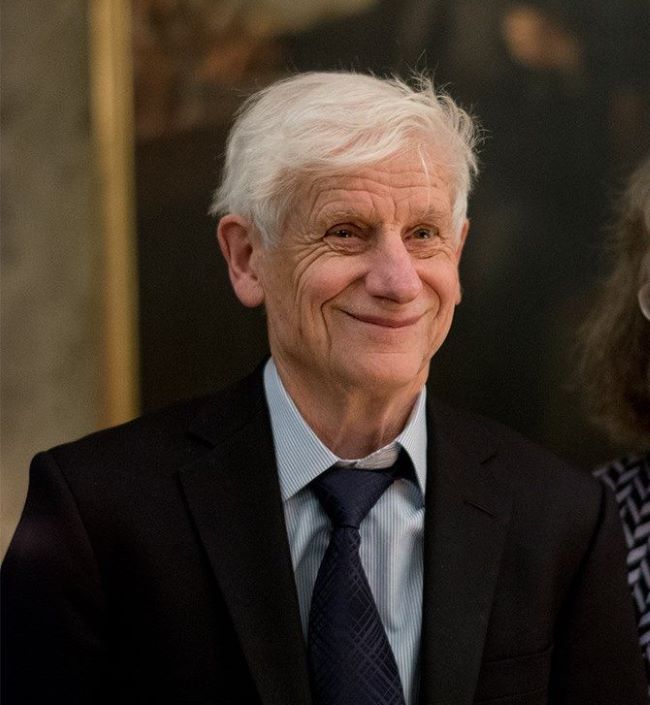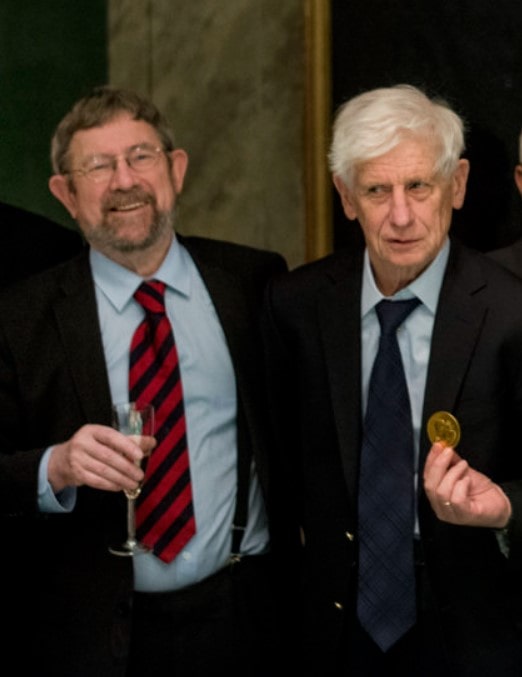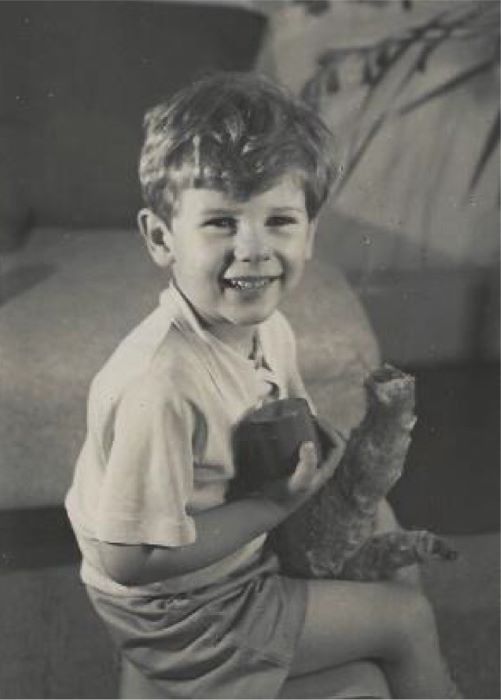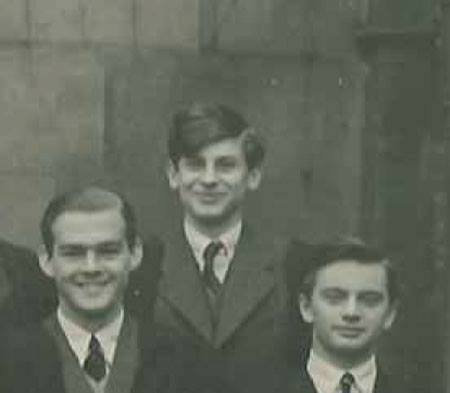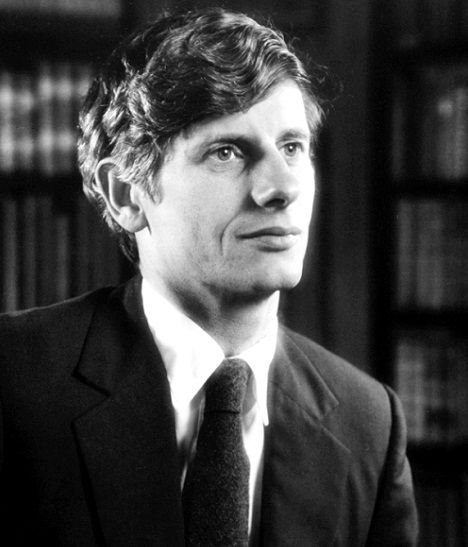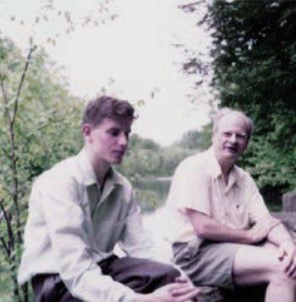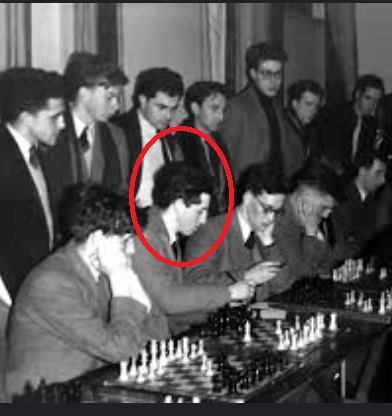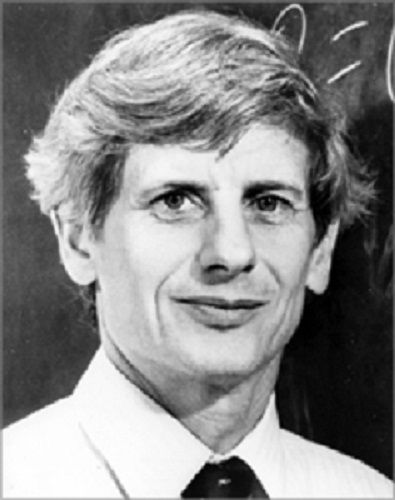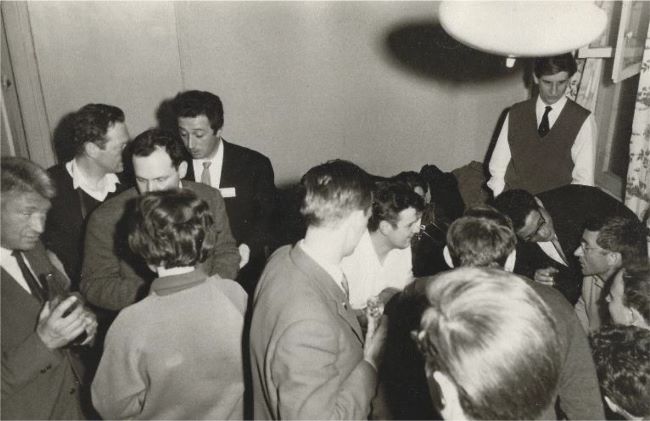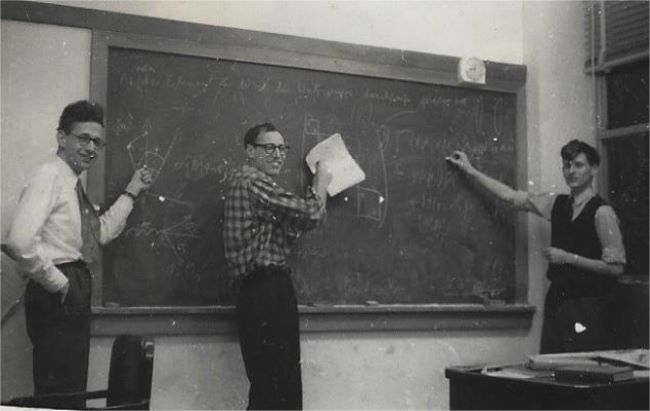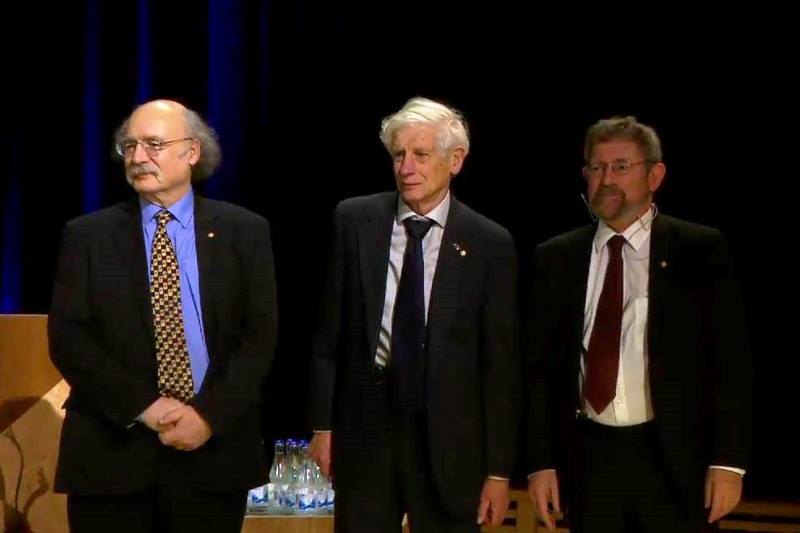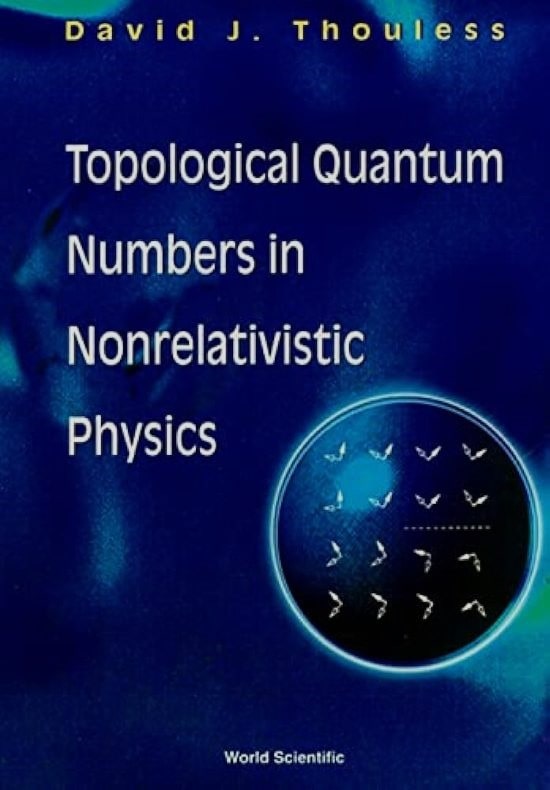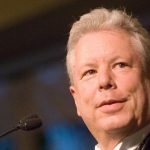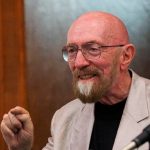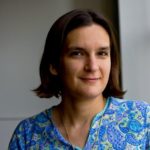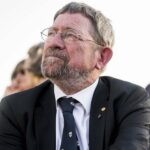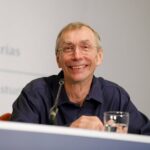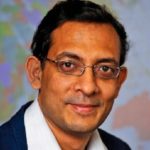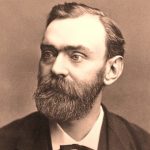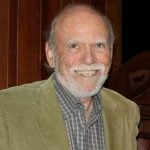David J. Thouless Age, Death, Wife, Children, Family, Biography
Quick Info→
Age: 84 Years
Wife: Margaret Scrase
Hometown: Cambridge, UK
| Bio/Wiki | |
|---|---|
| Full Name | David James Thouless |
| Profession(s) | Theoretical Physicist, Academician |
| Famous for | Receiving the Nobel Peace Prize for Physics in 2016 |
| Physicist | |
| Field | Condensed matter physics |
| Doctoral Advisor | Hans Bethe |
| Doctoral Student | J. Michael Kosterlitz |
| Doctoral Thesis | The application of perturbation methods to the theory of nuclear matter (1958) |
| Academic Awards, Honours | • 1973: Institute of Physics Maxwell Medal and Prize • 1979: Honourary Fellow of the Royal Society • 1980: Holweck Prize by Institute of Physics and the Société Française de Physique in Physics • 1986: Honourary Fellow of the American Physical Society • 1990: Wolf Prize in Physics • 1993: Institute of Physics Dirac Medal • 1995: Honourary Member of the US National Academy of Sciences • 2000: Lars Onsager Prize from the American Physical Society • 2014: Honorary fellow of Trinity Hall, Cambridge • 2016: Nobel Prize in Physics (with J. Michael Kosterlitz and D. Haldane) 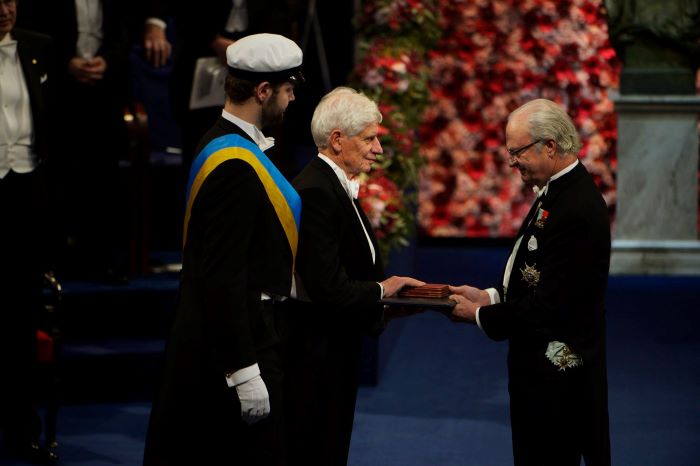 • 2017: Honorary degree from Birmingham University 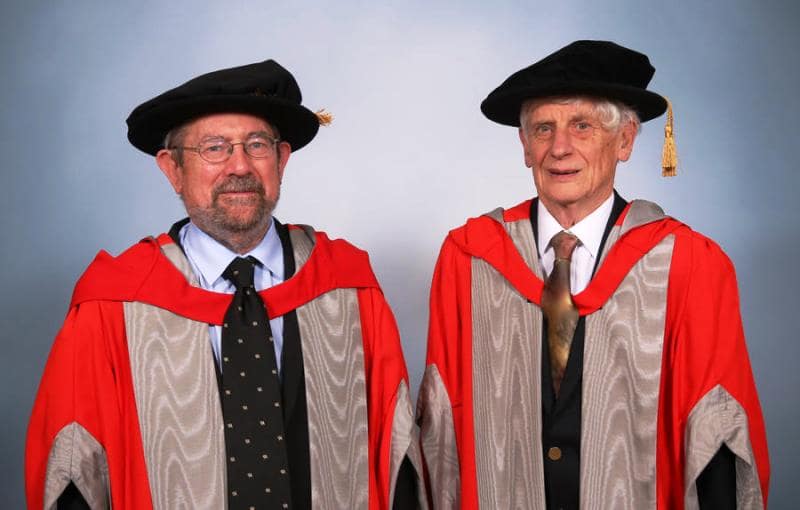 • 2017: Honorary fellow of the Churchill College, Cambridge • 2017: Honorary fellow of the Clare College, Cambridge |
| Personal Life | |
| Date of Birth | 21 September 1934 (Friday) |
| Birthplace | Bearsden, Scotland |
| Date of Death | 6 April 2019 |
| Place of Death | Cambridge, England |
| Age (at the time of death) | 84 Years |
| Death Cause | Age-related illnesses |
| Zodiac sign | Libra |
| Signature |  |
| Nationality | British |
| Hometown | Cambridge, UK |
| School | • St Faith's School, Cambridge, England (1942-1947) • Winchester College, UK |
| College/University | • Trinity Hall, University of Cambridge • Cornell University, Ithaca, New York |
| Educational Qualification(s) | • BA in Natural Science at Trinity Hall (1955) • PhD in Theoretical Physics (1958) |
| Relationships & More | |
| Marital Status (at the time of death) | Married |
| Affairs/Girlfriends | Margaret Scrase |
| Marriage Date | Year, 1958 |
| Family | |
| Wife/Spouse | Margaret Scrase (biologist, teacher)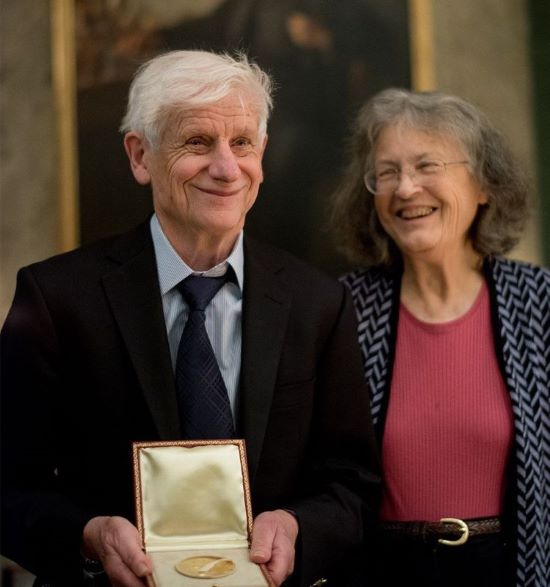 |
| Children | Son(s)- 2 • Michael • Christopher Daughter- 1 • Helen 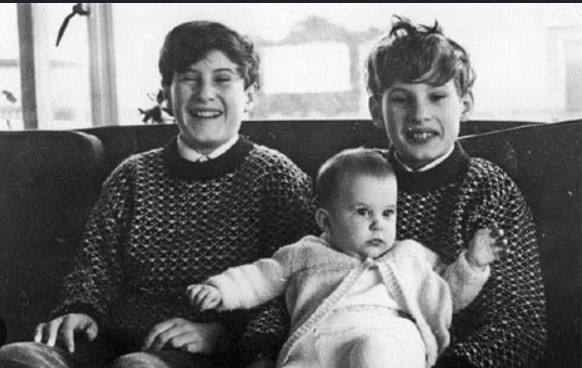 |
| Parents | Father- Robert Henry Thouless (15 July 1894 - 25 September 1984) (retired British Army soldier, psychologist, parapsychologist) Mother- Priscilla (Gorton) Thouless (deceased; English teacher) 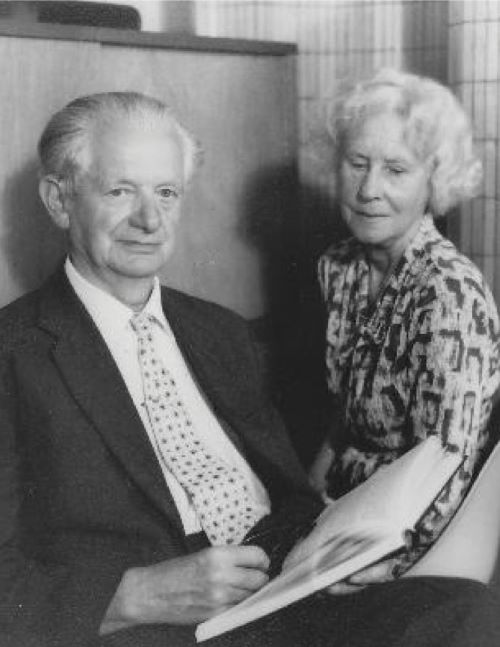 |
| Siblings | Sister- Susan (deceased) |
Some Lesser Known Facts About David J. Thouless
- David’s father served in the British Army’s Royal Engineers Corps as a signaller during the First World War. He also fought on the Macedonian front, known as the Salonica front, in Serbia.
- David Thouless became interested in mathematics at the age of four. His interest in the subject arose more because of the number system.
- David and his sister had to relocate to Devon in South West England after the beginning of the Second World War in 1939 as the town in which he lived was under constant threat of being aerial bombarded by the German Air Force.
- According to him, he did not visit any school during the time he lived with his grandmother and learnt to read and write with the assistance of the housekeeper who worked in the house.
- After staying at his grandmother’s house for some months, David and his sister returned to their parents’ house.
- David, at the age of five, also developed a liking for arithmetic calculations. He also learnt how to use an abacus to solve arithmetic questions.
- At the same age, David’s father taught him to play chess. His interest in the board game grew as he got older. He was a member of Trinity Hall’s Chess Club and represented the college at national-level events. He, however, quit playing it after graduation as he believed it to be more mentally challenging than solving mathematical and physics equations.
- David did not study science until he was fourteen. Whatever he learned was from his father, who also taught him about the continental drift theory by Wegner as well as probabilistic reasoning. He also taught him how to play a mathematical game called Nim using base 2 arithmetic, which he could not understand.
- He came into contact with the renowned philosopher Ludwig Wittgenstein as a youngster. Ludwig used to frequently come to David’s house to meet his father, with whom he was a good friend.
- He was the only boy to have topped in mathematics in his school. As a child, he also undertook unconventional mathematical projects such as calculating the number of seconds in a year.
- He received a scholarship while studying at St Faith’s School in Cambridge and moved to Winchester College, a boarding school.
- Since he was reluctant to go to Winchester, his parents decided to have him enrolled at another local school. However, David decided to join the college later.
- There, he excelled in his studies and was awarded another scholarship. He performed well in Mathematics, English, and Latin. He did not take an interest in Greek as it appeared boring to him.
- David Thouless was one of the few students who topped the school despite appearing in three subjects for the examination, while others appeared for four.
- His interest in science further deepened when he joined the Winchester College.
- His subjects at Winchester College were English Language, English Literature, Mathematics, Further Mathematics, History (Ancient Greece), Latin, Greek, and Divinity (including St. Luke in Greek).
- In an interview, David revealed that the method of teaching by his history professor at the college, especially in teaching contemporary American history, was so effective that he did not refer to any history book while appearing for the citizenship test of the United States.
- His teachers often scolded David for his poor handwriting, which he developed because of solving physics and mathematical equations on scrap paper. These scrap papers were later exhibited in the archives of the Royal Society in the UK.
- Upon completing his formal education, he appeared for a national-level scholarship exam. He wanted to attend Trinity College but was given the Trinity Hall.
- There, he studied under renowned academicians such as Owen Chadwick, his history professor, and Shaun Wylie, his mathematics professor.
- Soon after turning 17, he was to be conscripted (mandatory military service for 18 months) in the British military. However, Thouless managed to defer the joining for some time.
- He then studied under the German-American theoretical physicist Hans Bethe, who won the Nobel Prize in 1967.
- Before completing graduation, David Thouless decided to join the British Army. The reason for joining the military before completing graduation was that he did not wish to do research work for the military, which the military would have asked him to do due to his degree.
- When he told his decision to complete his military service before completing graduation to a professor of his, he suggested that he should undertake research work at the university to continue deferring his military service.
- Thereafter, he began pursuing his PhD under the guidance of Hans Bethe, who worked at Cambridge University’s Cavendish Laboratory.
- Later, he managed to get the Fulbright Foundation scholarship (now known as the Fulbright Foreign Student Program) to study in the US. He applied to get the scholarship at Hans’ insistence, who was moving to Cornell University.
- In 1954, Thouless played a chess match against the famous Soviet chess player David Bronstein and managed to defeat him. Thouless became the only player from Trinity Hall Cambridge to defeat Bronstein.
- In 1956, Jouless relocated to New York from Cambridge, where he undertook his PhD studies at Cornell University.
- While travelling to the United States on a cruise ship, Thouless met Ronald F. Peierls, who later became a renowned physicist and with whom David would conduct numerous experiments.
- Thouless was one of the few students who managed to pass French and German, included in the modern languages course, a few weeks after joining Cornell.
- Thereafter, he sat for the departmental qualification examinations, receiving good grades and was one of the toppers.
- To continue studying in the Department of Physics at Cornell University, David was asked to undertake a two-semester-long practical physics study, which he topped.
- He topped despite not performing well in experiments. According to him, he was able to achieve good grades because his teachers were impressed with the explanations and theories he presented, detailing the causes of the failure of the experiments he undertook. He talked about it, in an interview, and said,
I do not think any of my experiments came out right, but apparently the explanations I gave of what had gone wrong and what I needed to do about it were sufficiently convincing that I got the highest grade in the course, and was excused taking a second semester of experimental physics.”
- He received his PhD in 1958. He worked and wrote a thesis on nuclear matter.
- As per sources, David submitted his doctoral thesis to Bethe within two years of it being allotted to him. He, therefore, became one of the few PhD students to have earned the degree before time.
- David met his wife Margaret Scrase while studying in the United States. At that time, she was studying biology at the College of Agriculture.
- After completing his PhD, David Thouless relocated to Berkeley in California to complete post-doctoral studies at the Lawrence Radiation Laboratory (now known as Lawrence Berkeley National Laboratory).
- Thouless, after finishing his PhD, chose to stay in the US to wait for Margaret to finish her education so they could move together. Therefore, he decided to do his post-doctoral studies at Berkeley.
- In the 1960s, the then-President of the United States of America Dwight D. Eisenhower appointed him to the government’s scientific advisory committee. He, however, was unable to attend the committee’s meetings regularly in Washington, D.C. as he had to undertake a lot of research work in the lab where he worked.
- At Berkeley, he published many research papers and also worked as a physics teacher and taught atomic physics.
- Even though he disliked working in the lab, he enjoyed living in California because of the beautiful scenery. He and Margaret explored the Sierra Nevada area in their free time.
- In 1959, he began working on his postdoctoral thesis under the guidance of Rudolf Peierls. He worked under him till 1961.
- In 1960, he enrolled at the Niels Bohr Institute in Copenhagen, United Kingdom. He undertook research work there till mid-1961.
- In the same period, he worked at The Nordic Institute for Theoretical Physics (also known as Nordita).
- In 1961, he received a fellowship at Churchill College, University of Cambridge, where he became Director of Studies. He was later appointed as a lecturer in the Department of Mathematics and Theoretical Physics.
- There, he could not focus more on research work as he contracted a respiratory disease. His situation worsened over time as a result of which he and his wife used to spend a lot of time vacationing in the mountains.
- Thouless, along with Margaret, relocated to the United Kingdom, where he joined the University of Birmingham in 1965. There, he not only completed his postdoctoral studies but also worked in the Department of Physics as a professor. He remained there till 1978.
- At Birmingham University, he also worked on publishing a research thesis on electron localization and the spin glass.
- In the winter of 1964, Thouless was diagnosed with a severe case of pneumonia. This led him to be bedridden for several months.
- David was invited to attend a scientific conference in Akademgorodok, Novosibirsk, Russia, in March 1965. This was the first such type of conference held between the USSR and Western scientists.
- There, he met many renowned nuclear physicists such as Abrikosov, Gorkov, Vitaly Ginzburg, and Dzyaloshinsky. He was also permitted to observe the operation of a Russian nuclear reactor, which had previously been off-limits to foreigners.
- David was scolded there by a Russian government official after he failed to get to the aircraft to depart for Moscow on time.
- Upon reaching Moscow, he decided to go for a walk at the Kremlin. He was stopped by an armed Russian guard who suspected that David was concealing weapons in his large English coat. However, after David explained that he was an English tourist, the guard let him go. In an interview, he talked about it and said,
One morning I wandered round the Kremlin by myself, and I was stopped by a guard, probably offended by my scruffy duffel coat. When I said I was “angliskii” he smiled broadly, waved his arms, and told me to look around.”
- He skied for the first time in the late 1960s.
- After returning to the UK from Russia, in 1965, Thouless continued working at the University of Birmingham as a physics professor. For the next three years, he continued his research in the field of relativity.
- In 1968, he had to go on a one-year paid leave due to his health condition. During this time, he visited many places in Australia including Chalk River, Cornell, and Stony Brook.
- Before moving to Australia, he and his wife decided to hand over their car to their neighbours for a monthly rent. However, when they both got back to the UK, their neighbours had left their residence and moved someplace else.
- In 1970, Thouless worked on analyzing the 1958 theory of electron localization disorder by Philip Warren Anderson and Nevill Francis Mott, who received the Nobel Prize in 1977. He began studying their research after two physicists claimed to have contradicted the work of the two, and David decided to examine the claims as they were the students of a close friend of his.
- In the same year, he met J. Michael Kosterlitz, a physicist, at the University of Birmingham, and the duo began working together on the interaction energy of a pair of vortices in a two-dimensional neutral superfluid.
- He became a professor of Physics at the University of Washington in Seattle in 1980.
- Thouless had contributed vastly to condensed matter theory, especially vortices in superfluids, the quantum Hall effect, and topological quantum numbers.
- His work also includes the superconductivity phenomena, properties of nuclear matter, and excited collective motions within nuclei.
- In 1972, Michael and Thouless published a research paper which led to the formulation of the Kosterlitz-Thouless transition theory. This theory was one of the two theories of the duo cited for the Nobel Peace Prize selection in 2016.
- In 1978, David decided to leave Birmingham University due to a disagreement with the university’s administration after the vice-chancellor asked him to leave “whenever he had the chance.”
- The conflict between him and the administration started when David took a one-year leave at the university from 1968 to 1969.
- Thouless published more than 15 research papers between 1970 and 1978. The papers he published became one of the most cited ones by the academicians.
- After quitting Birmingham University, he searched for a job at other universities in the United Kingdom; however, upon receiving no research or job offers, he decided to leave England and go to the United States of America.
- Thereafter, he went to Connecticut, where he joined Yale University. The university then asked him to assemble a team of researchers and scientists to conduct physics experiments, which led to his resignation from the university because he did not want to lead a team.
- In 1980, he went to Seattle, Washington, where he joined the Physics Department of the University of Washington. There, he taught graduate and upper-class undergraduate students.
- In the same year, he applied for a grant from the United States government to get financial assistance for conducting experiments and research.
- As per sources, David had not specified the field for his research in his grant application. He also mentioned his willingness to change the field of research if he found something more interesting. The sources also revealed that he was given the grant only because of his “previous work” and “curiosity” and had anyone else applied for the grant in such a way, they would have been rejected.
- David along with other researchers published a research paper titled Quantized Hall conductance in a two-dimensional periodic potential (also known as the Quantum Hall effect) in 1982. This became a widely cited research article and was the second paper to be taken into consideration by the Nobel Peace Prize selection panel before awarding him the prize in 2016.
- In 1984, after his father passed away, David gave the notes of several conversations between his father and Ludwig to authors James Klagge and Alfred Nordmann. They published these notes in their 2003 book titled Ludwig Wittgenstein: Public and Private Occasions.
- In 1998, he published another groundbreaking research paper titled Topological Numbers in Nonrelativistic Physics. He began working on the paper’s topics, topological aspects of long-range order as well as the aspects of superfluidity that were not topological, in the 1970s.
- He was a Fellow of the Royal Society, American Physical Society, American Academy of Arts and Sciences, and a member of the U.S. National Academy of Sciences.
- David Thouless retired from the University of Washington in 2003.
- The Trinity Hall appointed him as an honourary fellow in 2014.
- In October 2016, Michael Kosterlitz, Duncan Haldane, and David J. Thouless were awarded the Nobel Peace Prize in Physics “for theoretical discoveries of topological phase transitions and topological phases of matter.”
- Thouless got half the prize money, amounting to $465,000.
- David Thouless had served as a professor emeritus at the University of Washington.
- He also held the post of president of the Society for Psychical Research, a paranormal research organisation whose presidency was also held by David’s father.
- David J. Thouless consumed alcoholic beverages occasionally.
- He owned a mansion that overlooked Lake Washington and the surrounding mountains.
- Thouless is a rarely used surname, adopted by less than 150 people in the United Kingdom. The surname originated when a clerk in the birth department misspelt “Thoules,” where David’s ancestors lived, and wrote it on the birth certificate of an ancestor named James as his surname.
- Thouless invested a lot of time and resources in conducting research work in his lab; therefore, he did not develop a hobby. He, however, did like to sail, go on long strolls, and read history-related books.
- He was a very religious person.
- He formulated many physics theories such as Berezinskii–Kosterlitz–Thouless transition, Thouless energy KTHNY theory, and Topological quantum numbers.
- Some of his most cited and popular research papers are The Application of Perturbation Methods to the Theory of Nuclear Matter (1958), Oscillations of the Nuclear Density (1970), Ordering, metastability and Phase Transitions in two-dimensional systems (1973), Perturbation Series for the critical behaviour of type II superconductors near HC2 (1976), and Vortex dynamics in the two-fluid model (2001).
- Some of his popular books on physics are The Quantum Mechanics of Many-Body Systems (first edition in 1961; second edition in 1972) and Topological quantum numbers in nonrelativistic physics (1998).

